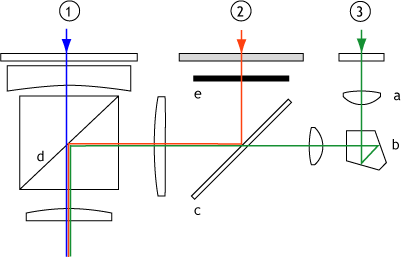Compaq
Established
I've been reading on the interwebz about how these works, but I'm a little confused. I don't want to bother people, but I have a few questions. First, here's how I've understood it:
Obviously we see the scene through the viewfinder. There's a second window that gathers light. This light is reflected first on a mirror or prism, which is coupled to the lens, and then reflected again to the viewfinder. Turning the focusing ring makes the prism move, which again is what we observe in the viewfinder when we're focusing.
But, I've that there are three light gathering devices on a rangefinder. The viewfinder, the other one I mentioned (which I don't know what is called) and the lens. How is the lens coupled to the rangefinding device??
Obviously we see the scene through the viewfinder. There's a second window that gathers light. This light is reflected first on a mirror or prism, which is coupled to the lens, and then reflected again to the viewfinder. Turning the focusing ring makes the prism move, which again is what we observe in the viewfinder when we're focusing.
But, I've that there are three light gathering devices on a rangefinder. The viewfinder, the other one I mentioned (which I don't know what is called) and the lens. How is the lens coupled to the rangefinding device??




